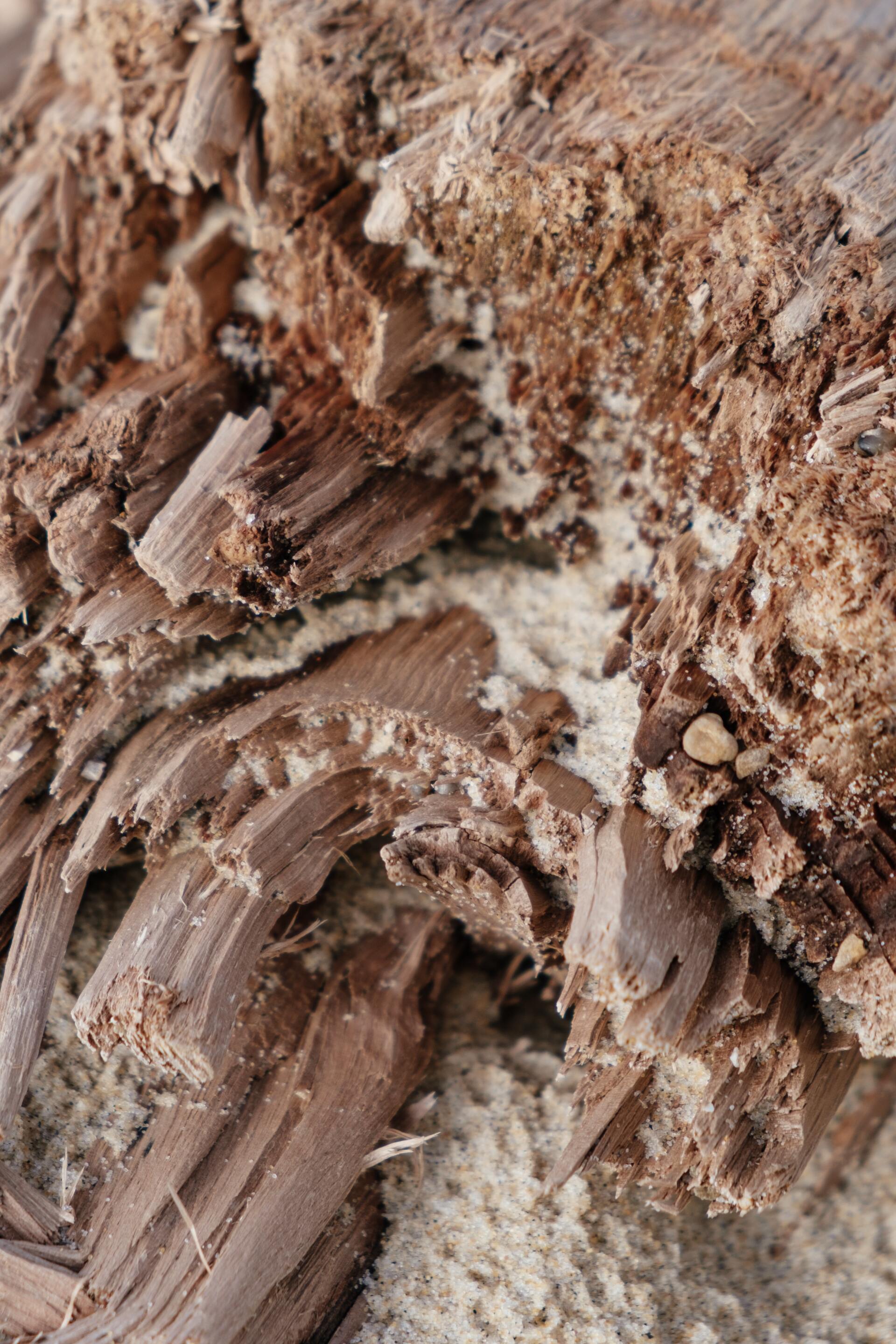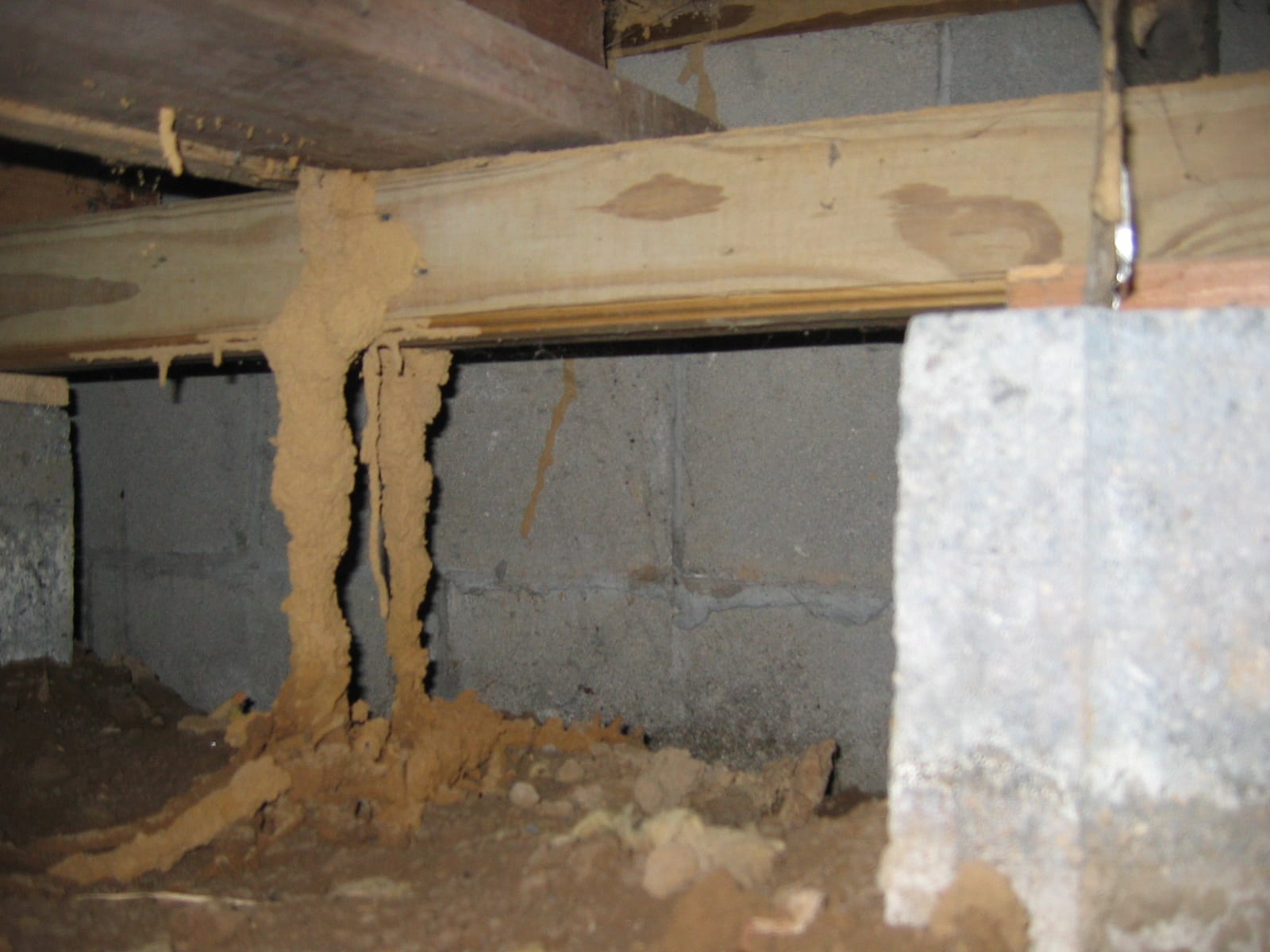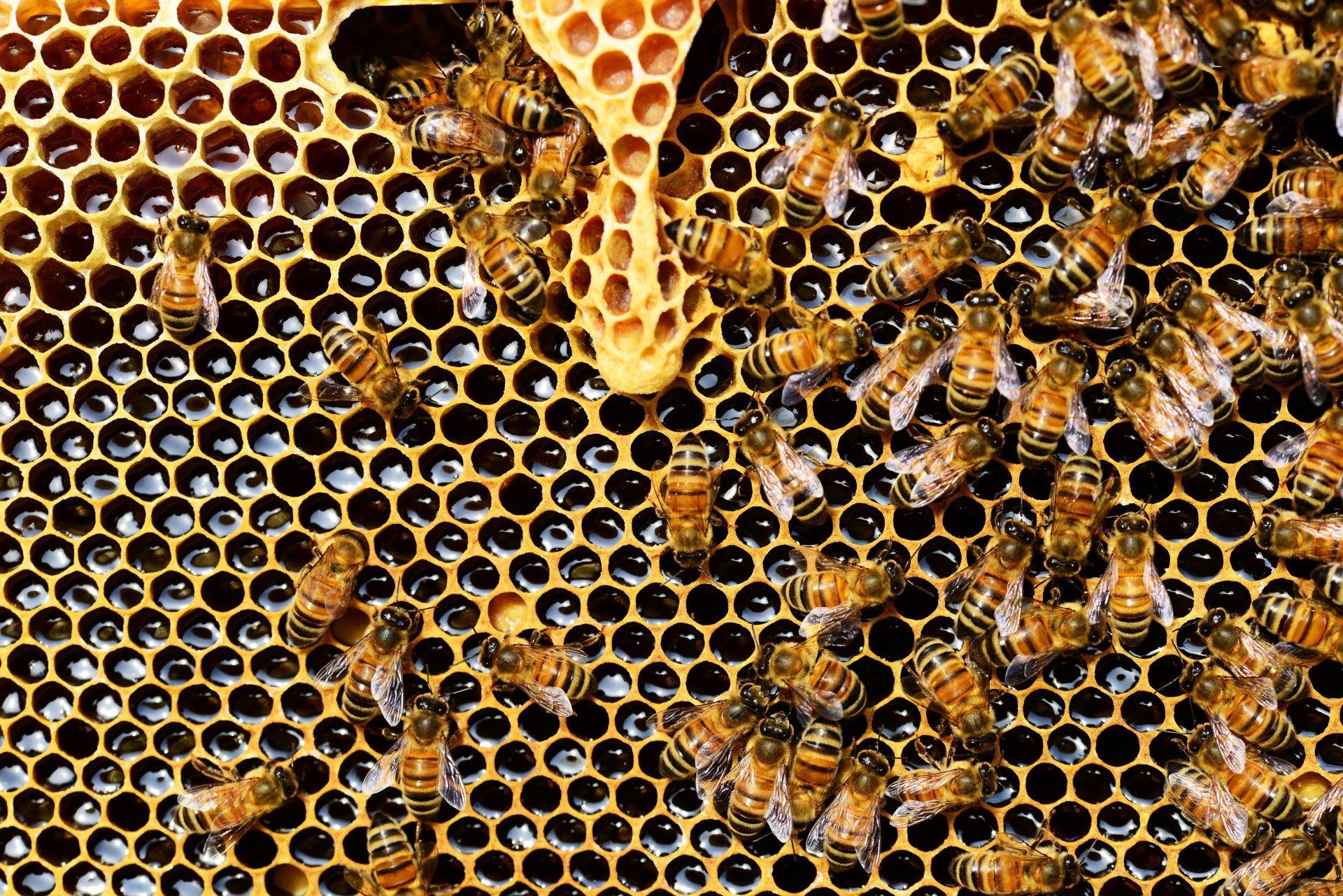Combat Termite Specialists
“We End The War On Bugs”
Pest Control Services
Expert Services
Trust your local Pest Control experts
-
Pest Control and Removal
Revitalize your home's safety and comfort with our comprehensive pest control and removal services, offering targeted solutions to eliminate infestations and deter future pests, ensuring a clean, healthy living environment.Button -
Termite Exterminator
Your trusted local termite exterminator to help you reclaim your home.Button -
Bed Bug Exterminator
Sleep tight without letting the bed bugs bite. We can help.Button -
Integrated Pest Management
For an environmental and economic approach of pest management, turn to us for our trusted integrated pest management solutions.Button -
Rodent Control
Hear how our safe rodent control solutions can keep mice and rats from pervading your home.Button -
Termite Inspection
Get a termite inspection service to verify if you have a termite problem — contact our pest management company for detailsButton -
Bee Exterminator
Bees are an essential part of the environment, but they shouldn’t live in your home. Let us help you get rid of them.Button -
Raccoon Removal and Control
Resolve your raccoon problem by trusting our seasoned raccoon removal and control specialists for humane wildlife removal solutions.Button
Our Story
Don't let pests take over your home or business! Combat Termite Specialists is here to help. With our proven track record and dedication to excellence, we are your go-to exterminator serving residential and commercial customers in Melbourne, FL and the surrounding areas. As a veteran-owned and operated business, we have been serving residential and commercial customers since 1988. With our licensed and insured team, we guarantee the highest level of expertise and exceptional customer service. So, why wait? Join us in the war on bugs!
Trust Your Local Pest Control Experts
Contact Us
Thank you for contacting us.
We will get back to you as soon as possible.
We will get back to you as soon as possible.
Oops, there was an error sending your message.
Please try again later.
Please try again later.
Useful Links
Hours of Operation
- Monday
- -
- Tuesday
- -
- Wednesday
- -
- Thursday
- -
- Friday
- -
- Saturday
- Closed
- Sunday
- Closed
© 2024
All Rights Reserved. Privacy Policy









